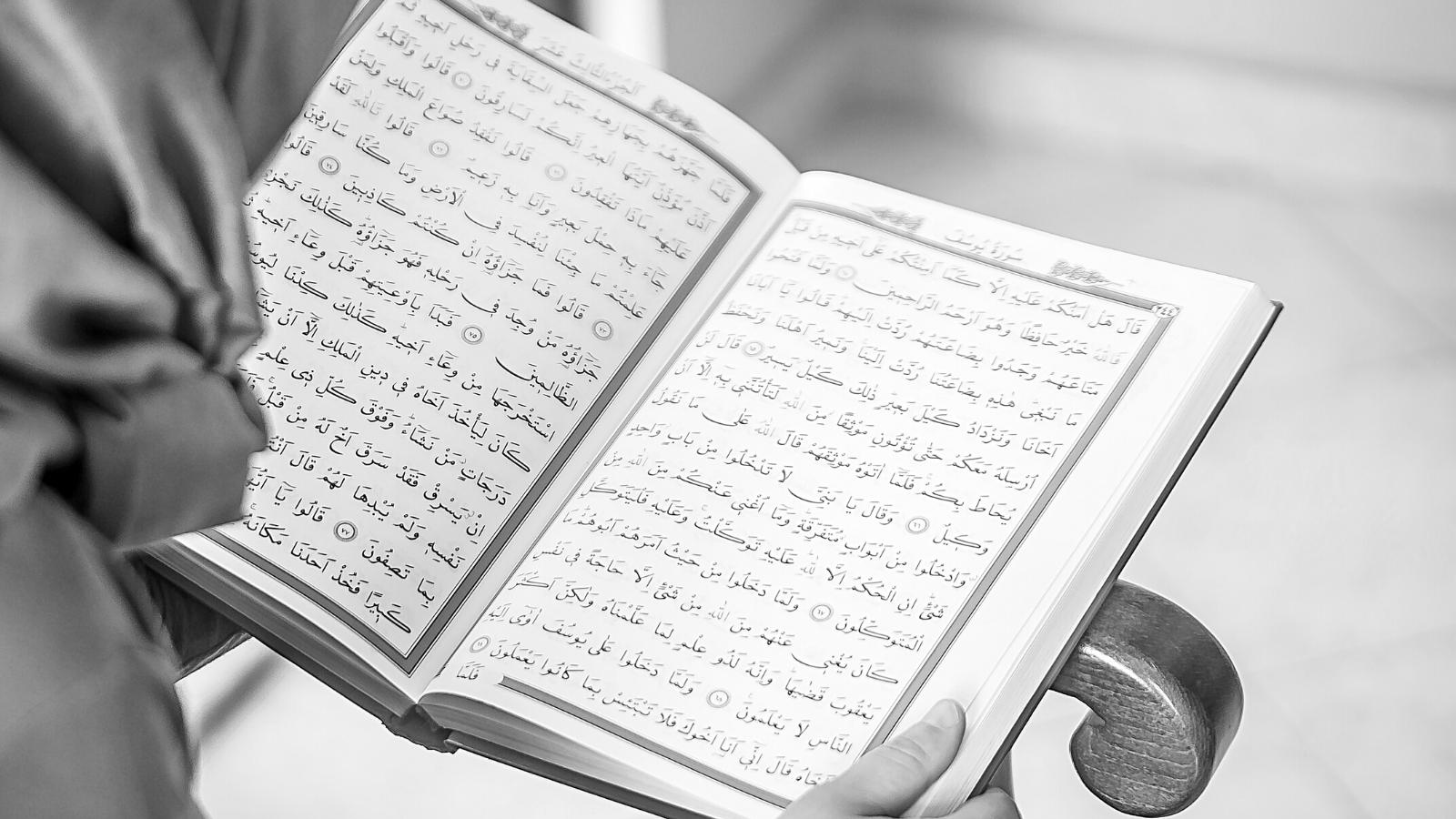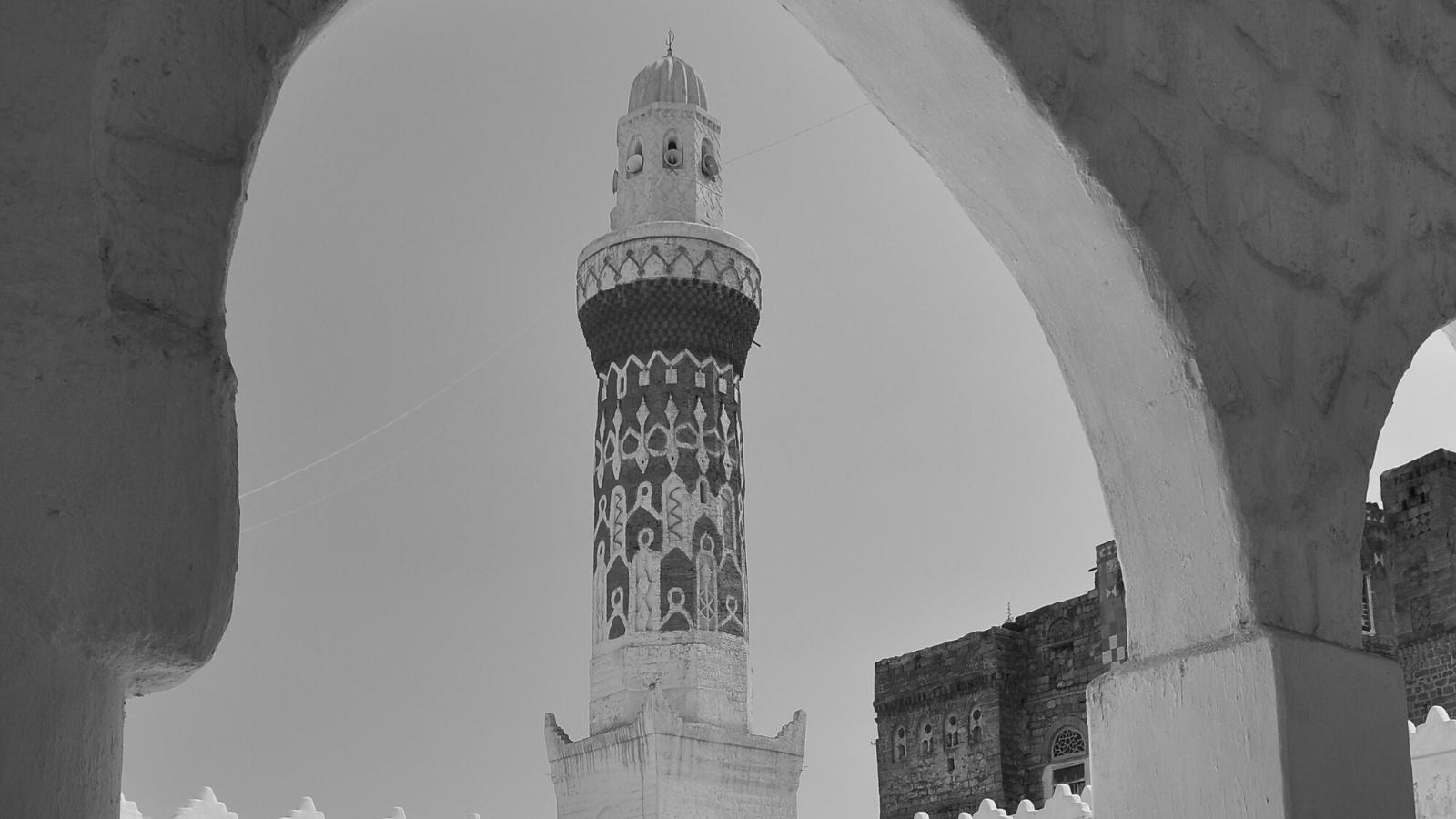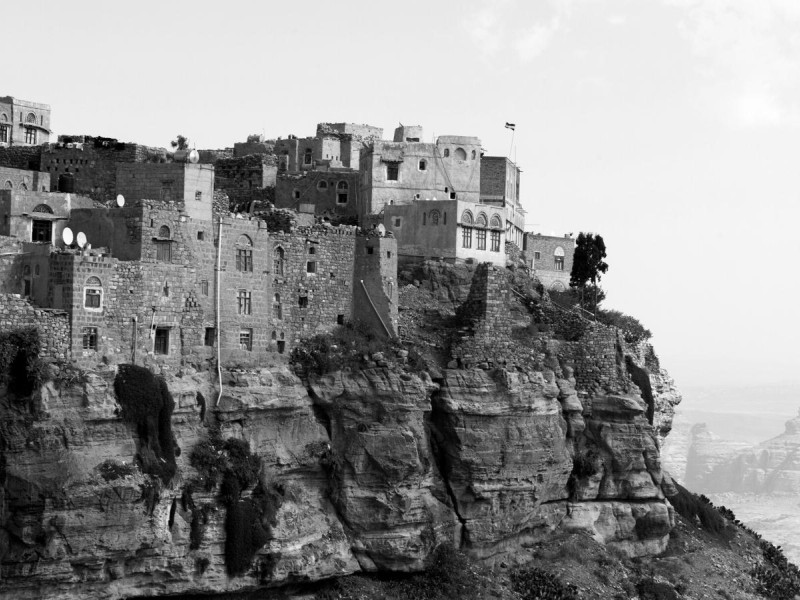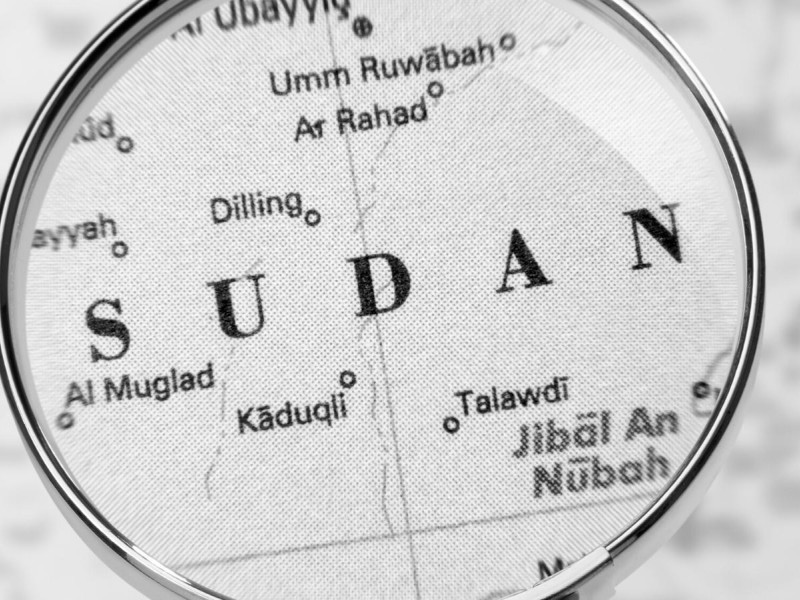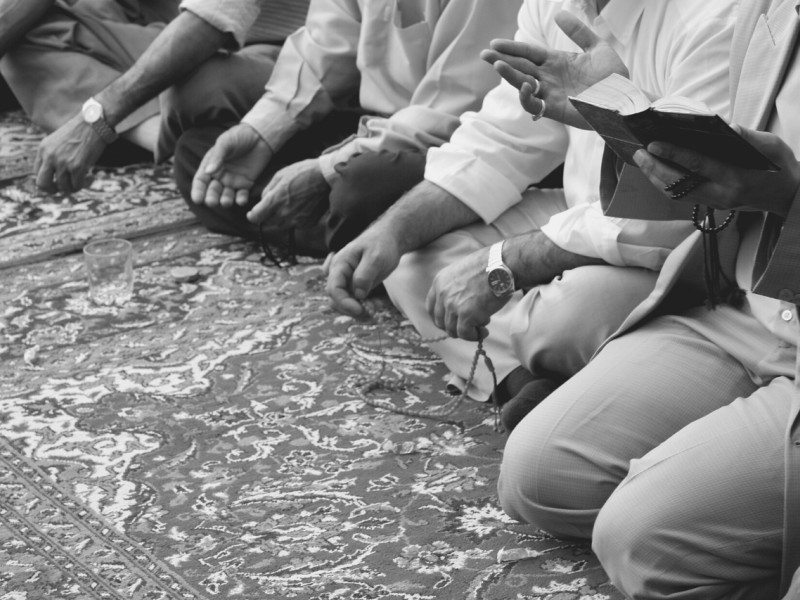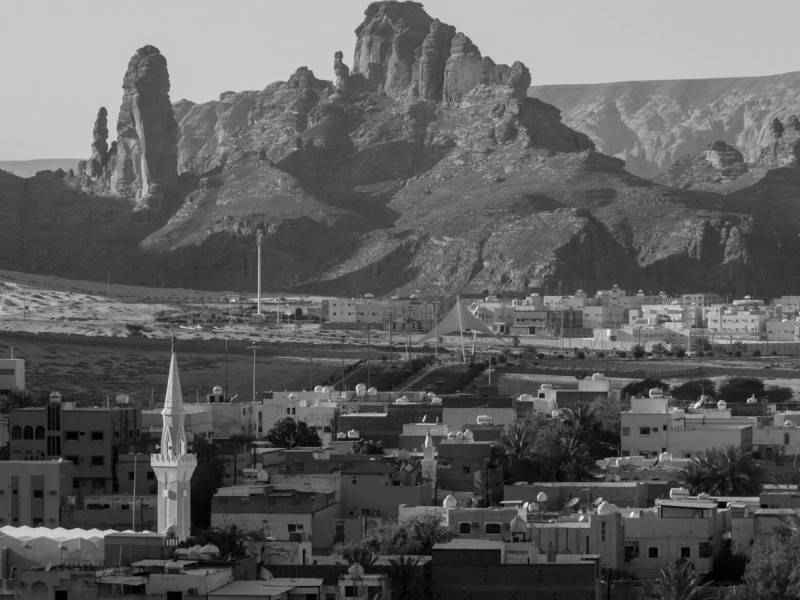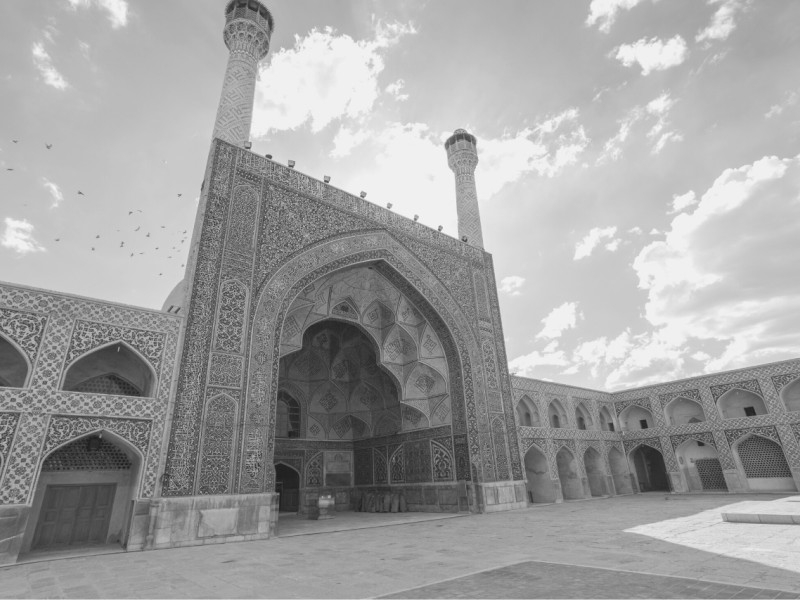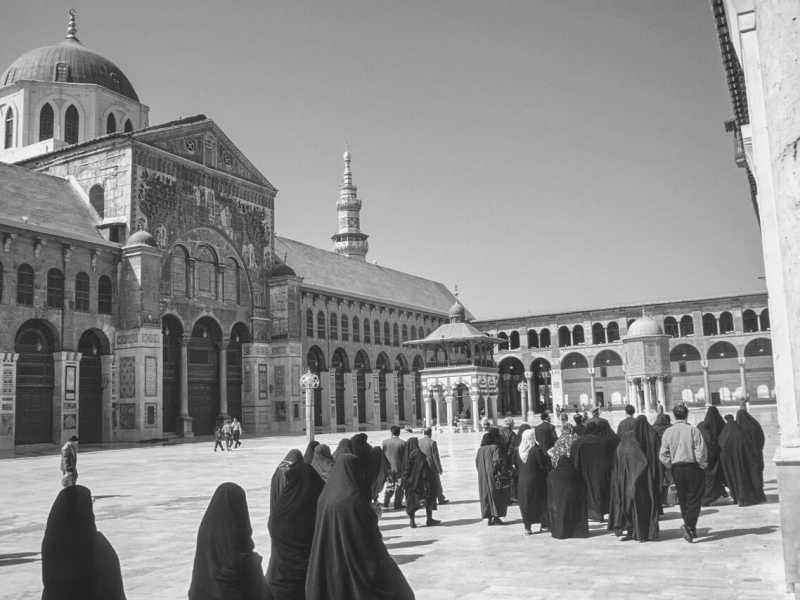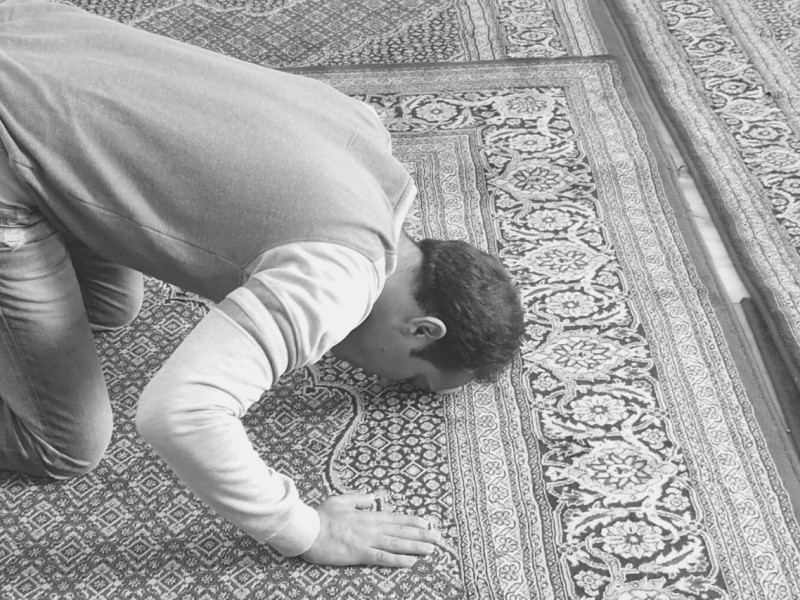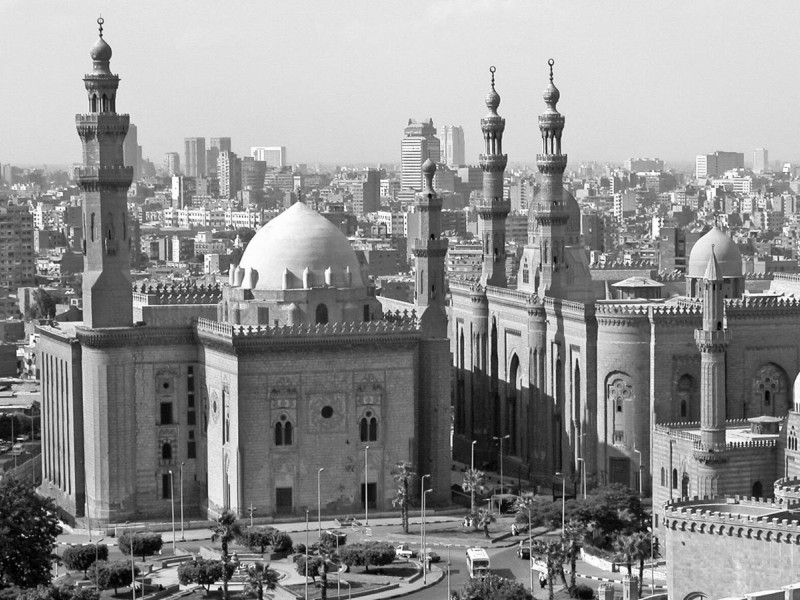Yemeni Religion: How They Shaped the Country We Know Now
Yemeni religion has shaped the country’s culture and traditions in more ways than one. After many crusades and wars, Yemen stood firm to its roots and has become one of the most significant contributors to the spread of Islam.
But how exactly did Yemen contribute to the religious faith?
This article explores the historical events in the country and the different religious groups present in it.
The Religion of Yemen and How It Shaped a Nation
With an estimated population of 29 million, this country had its fair share of religious changes. The most notable Yemeni religion in the region is Islam. It comprises the majority of the population’s beliefs. Following this, other religions such as Christianity, Judaism, and Animism have been found in remote areas of Yemen.
What Is the Main Religion in Yemen?
The state declared Islam as Yemen's main religion, with 99 percent of its population practicing. Being the source of legislation, Sharia allows for freedom of thought and expression but says nothing about freedom of religion.
The other one percent comprises Jews, Christians, and other religious groups, all of which cannot be quantified due to the fear of discrimination and persecution non-Muslims face.
What Is Islam?
Islam, the belief in one true, unique, and incomparable God (Allah) has an estimated 1.2 billion followers worldwide; most of which are found in Asia’s western portion. It is one of the three Abrahamic faiths with Christianity and Judaism.
Muslims, the followers of Islam, believe in complete submission to Allah’s will. They believe in Allah’s merciful reign and salvation that promises peaceful living and entrance to Jannah, or the garden of paradise as stated by the Qur’an.
What Is the Qur’an?
Just like the Bible is to Christians, the Qur’an is a sacred book to Muslims.
They believe that the Qur’an is a collection of direct recitations from Allah and was passed down to the prophet Mohammad.
What Are Prophets?
Prophets are described as the “chosen ones.” They are special individuals who exhibit ideal human behavior to spread the news and message of Allah. The last and most notable prophet is Mohammad.
How Did Islam Start in Yemen?
Yemen, a country close to Saudi Arabia, is not shy of the Islam religion, boasting a rich history of Islam.
According to Sheikh Jaffer Ladak, an Islamic scholar and author of “A blessed land,” a multitude of ancient prophets heralded from the land of Yemen. This is why in the perspective of the Qur’an, Yemen is denominated as a pure and good land.
The people of Yemen were such a welcoming and hospitable tribe that the prophet Muhammad himself stated that he would have been one with the people of Yemen had it not been for the migration to Medina.
The Great Migration to Medina: The Start of the Spread of Islam
The demographics of Medina were the result of the migration of Yemeni tribes. The then King of Yemen had heard that there was going to be a final prophet of Allah that would settle in the area of Yathrib. To prepare for such an event, he sent two groups of people from Yemen to settle in Yathrib.
Who Were the Two Groups Sent to Yathrib?
They were known as the tribes of Aws and Khazraj. The two groups were often in quarrels with each other. Because these two tribes’ arguments would often lead to conflict, the prophet Mohammad was sent to settle their dispute, and thus Mohammed and his followers migrated from Mecca to Medina.
This, according to the Qur’an, is called the Hijra and is the beginning of the Islamic calendar. This marks the start of the spread of Islam.
Major Branches of Islam in Yemen
Islam, like any other religion, has its branches, followers, and doctrines to guide them. In Yemen, the Muslims are divided into two different Islamic groups: the Sunni and the Shi’a. The Shi’a is further divided into the Zaidis and the Twelver Shi’a, although the latter is a more dominant practice in Iran, Iraq, and Lebanon.
The Sunni
The major group believes that the great prophet Muhammad did not choose a successor, and the followers chose one for him, Abu Bakr Siddique. Furthermore, the Sunnis believe in imams or prayer leaders.
The Shi’a
The minority group believes that the great prophet Muhammad chose a successor, Ali ibn Abi Talib, to continue the teaching he bestowed upon them. They, too, believe in Imams, prayer leaders who are central figures and community leaders. The most notable group of the Shi’a sect in Yemen is the Houthis.
How Do These Two Branches of Islam Differ?
The Sunnis believe that Allah will show himself on judgment day and one could directly approach and be close to him.
On the other hand, the Shi’a believes that Allah will not present himself to humans on Yawm ad-Din, the Day of Judgement. To them, Islam is less about the individual’s relationship with Allah and more about the imams’ interpretation of the Qur’an in contrast to the Sunnis.
Who Are the Houthis?
The Zaidis, despite being a part of the Shia sect, believe it is their religious duty to fight against unjust rulers. This dates back to the sect’s namesake Zaid Ibn Ali, a leader revered to have fought against corruption in the revolt against the Umayyad Caliphate in which he died.
This goes against the Sunni and even the Shi’a sect’s doctrines that encourage peace and unity over disorder.
Below is a timeline of how the religion came about:
In 1978, Saleh, a Zaidi, rose to power in North Yemen.
In 1990, North Yemen and South Yemen unified.
In 1980, Saleh allowed Saudi Arabia to fund Salafi institutes in the northern part of Yemen.
These institutes practice and teach Salafism, a branch of Sunni Islam whose modern-day adherents claim to emulate “the pious predecessors.”
This did not sit well with the Zaidis endemic to the land. They felt marginalized and decided to revive their religion and culture.
Thus started the Houthi movement led by Hussein Badreddin al-Houthi.
In 2003, the Houthis became politically active.
Their principle of going against unjust rulers was evident as they opposed the US-led Iraq invasion and called out Saleh for his involvement.
During this time, some Houthis protested in Sanaa, calling for a change in front of Mosques.
Saleh sent out troops to arrest their leader for such disturbance.
This caused the first armed conflict between the Houthis and the Yemen military, killing the Houthi leader.
This angered the Houthis, and they decided to rebel, with Hussein al-Houthi’s brother taking charge.
In 2011, during the Arab Spring, Houthis played a significant role in asking Saleh to step down.
In 2012, Saleh stepped down, ending his 20-year reign.
Despite Saleh’s dethroning, things did not start to look up for Yemen, and in consequence, the humanitarian crisis in Yemen has yet to be solved.
How Did the Houthis Affect the War?
Despite the step-down enforced upon Ali Abdullah Saleh and the rise of the present president, Hadi, Yemen’s situation did not change.
Below is the series of events where the Houthis influenced the war in Yemen:
Hadi, backed by Saudi Arabia, could not stabilize the country.
Fuel prices went up, the employment rate was close to zero, and worst of all, Al Qaeda attacks were still rampant.
Despite being a country filled with Muslims, Yemen was not an exception to the Al Qaeda bombings.
Al Qaeda is a group of militant Sunni believers convinced that the Christian-Jewish alliance is conspiring to destroy Islam.
Groups were starting to get impatient with the discord and lack of leadership in the country.
One of these groups was the Houthis.
The Houthis, who believed in just leadership, then formed a coalition with Saleh.
Saleh, who still had loyal military followers, decided to wage war upon the government and the Gulf Cooperation Council.
The GCC, majorly influenced by Saudi Arabia, placed Hadi in power.
This did not sit right with the Yemenis. They felt a sense of deja vu, with the same elites put to power.
In 2014, the Houthis, with the help of Saleh, took over Sanaa, Yemen’s capital.
This prompted the president to flee to Saudi Arabia.
Saudi Arabia, backed by the US, UK, and France, formed a coalition to place Hadi’s government back in power.
This resulted in the bombings of Houthi camps.
Numerous Yemeni citizens became collateral damage.
Religious Freedom in Yemen
According to the International Religious Freedom report of 2019, the constitution declares Islam the state religion, providing freedom of thought and expression—within the law. This statement indicates specific parameters within Islam but does not freely implement the freedom of religion, belief, or conscience. The Sharia also prohibits proselytization, where those who convert from Islam to other faiths become apostates and are arrested.
What Are Apostates?
Apostates are those who renounce their faith to switch or drop their religions. In the case of Yemen, it is illegal for Muslims to renounce their faith. The Sharia states that all Yemeni’s are declared to be Muslim, and those who do not follow shall be prosecuted by Islamic law.
What Happens to Apostates?
Criminal code indicates that “deliberate” and “insistent” denunciation of Islam or conversion from Islam to another religion is apostasy—a capital offense. The law is lenient to an extent stating that they allow those charged with apostasy three opportunities to repent, and upon repentance, they are then pardoned from the death penalty.
With the constitution declaring Islam the state religion, its thoughts, expressions, and actions revolve around it—affecting the family, educational, and governmental structure.
Sharia’s Family Law
Family law prohibits marriage between a Muslim and an individual whom the law defines as an apostate. Muslim women aren’t allowed to marry non-Muslims, and Muslim men may not marry women who do not practice any of the three Abrahamic religions. In terms of custody over a child, a mother who seeks one must not be an apostate; for men, faith has to align with the father and would-be child.
How Does the Sharia Law Affect Education?
Educational institutes in Yemen must provide instructions in Islam and not any other religion. Law states that primary school classes must include knowledge of Islamic rituals and the country’s history and culture within the context of Islamic civilization.
Public schools are mandated to teach Sunni and Shia students the same curriculum. However, instructional materials indicate that schools in Houthi-controlled areas are teaching Zaidi principles, as per the 2019 report.
Christians in Yemen
Despite being a country heavily influenced by Islam, Christianity remains in Yemen. Although only a small number of Yemenis practice Christianity, it is still present today. The constitution is said to provide religious freedom to its people, and the government generally follows this but with restrictions.
What Does It Mean to Be a Christian in Yemen?
This actively means that Christians may practice their religions freely but must abide by Sharia or Islamic law. The government of Yemen, an Islamic state, prohibits converting from Islam to any other religion.
Thus Christians in Yemen are mainly composed of foreign exchange students or certain individuals in Arden whose ancestors have been traced back to India, in summary, foreigners.
Are There Christian Churches in Yemen?
The government requires the submission of documents to put up a non-Muslim place of worship. Because of such stances, there are currently no non-Muslim religious buildings in Yemen, particularly due to the bombings and the fear of discrimination against Christians.
Who Are the Christians Of Yemen? Where Do They Come From?
Because all Yemenis are said to be Muslims, and it is illegal to change religions in Yemen, you might wonder how Christians could be in Yemen.
Well, there are two categories we can divide Christians in Yemen from:
Those who have secretly converted to Christianity from a Muslim background
Those of original Christian origin who are not originally from Yemen.
Because there is no way to separate the two groups, discrimination and prosecution often occur in both groups resulting in fear of their religious groups.
How Do Christians Practice Their Faith in Yemen?
Christians in Yemen often keep their faith a secret in fear of persecution and prosecution. Despite having a constitution that allows for the exact purpose of religious freedom, all Yemeni’s are considered Muslim by the state and are forbidden to convert to Christianity.
They fear being caught by either the government or the Islamic militant groups determined to wipe out or remove non-Islamic religion from the land.
Conclusion
So, we’ve covered Yemen’s rich background and how religion shaped and affected the war with other groups in the country.
So, let us go back to key points regarding the history of religions of Yemen:
The country is strictly and solely an Islamic State.
Sharia is the Islamic law, the major legislation of the country.
Yemenis had a huge contribution to the spread of Islam.
The two major branches of Islam; the Sunni and the Shi’a
Zaidis are from the Shi’a sect
Houthis are Zaidis fighting for their belief in Yemen.
The Houthis are still fighting the government for change.
Christians are present in Yemen, but are in hiding.
Militant religious groups are rampant in the country.
So that’s it; this article discussed pretty much everything you need to know about Yemen, its contribution to Islam, the religious groups present and the country’s current ongoing war.

